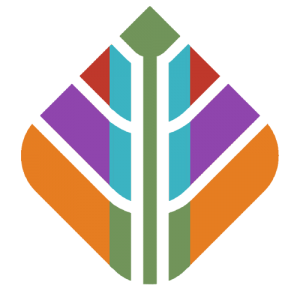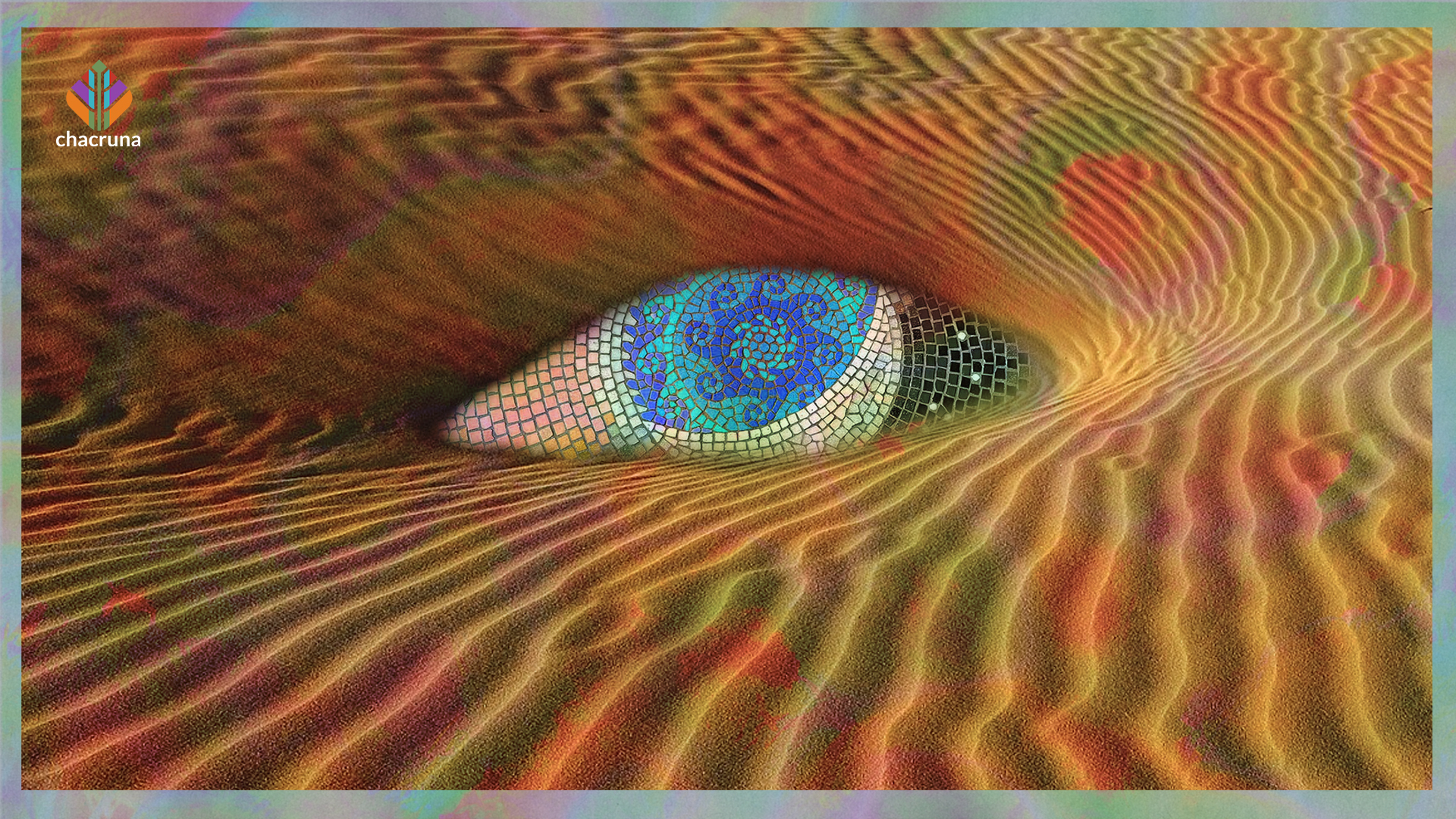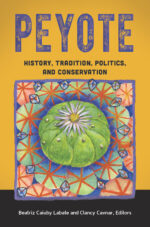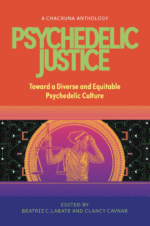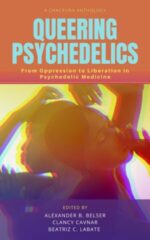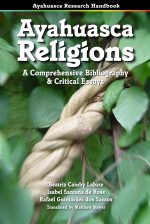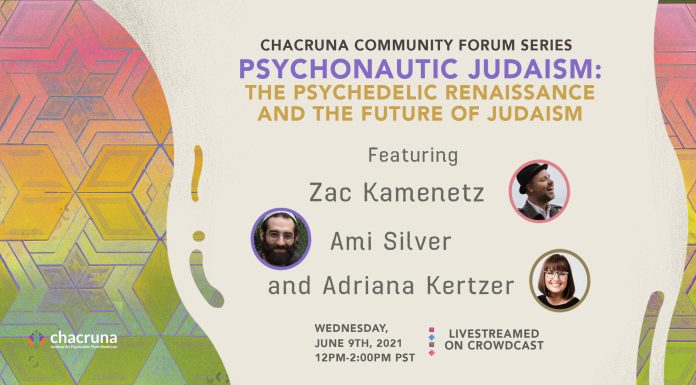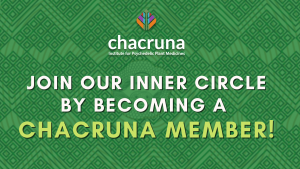- The Mosaic of the Mind: Science, Story, and Psychedelic Inquiry - April 28, 2025
Guided Visualization: Let’s take a short journey together. If it’s comfortable, I invite you to gently close your eyes. Or lower your gaze. Now, take a deep breath and exhale slowly.
Imagine you’re walking through a forest. Maybe it’s a jungle. You hear birds calling, insects buzzing. Though you don’t know exactly where you’re going, something is guiding you forward. Soon, the trees begin to thin, and you step out into a clearing. You come upon a strange flat surface. It doesn’t quite belong here. And yet, somehow, it feels important. The surface is covered in a layer of sand. You step onto it. The surface stretches as far as the eye can see. With each step, a bit of sand lifts. And just beneath it … a flicker of color. Then another. The surface is mosaic: intricate, interconnected, both ancient and new.
And you’re not alone. Up ahead, you see people bent low, gently brushing the sand away. They’re using little tools. Some have brushes, some just use their hands. They’re uncovering the mosaic, slowly, carefully. You walk closer.
The first person you meet is a young researcher, his face lit with curiosity. He’s studying the Blue Lotus, a plant once honored in ancient Egypt. He’s wondering what it means to remember the story of a plant almost forgotten. What does it mean to listen for voices that have gone quiet, but never disappeared?
Nearby, two women are working side by side. One is an anthropologist. The other, a healer. They’re brushing off tiles marked with symbols—family, ceremony, loss. They talk softly about inheritance—not just of wisdom but also of pain. They’re asking quiet questions about ancestry, trauma, and the many ways healing can move across generations.
A little further on, you see neuroscientists preparing someone for an fMRI scan. They’re asking how psilocybin affects our expectations—how the brain decides what we see. They wonder how we visualize what’s invisible. How we translate altered states into stories that others can hold.
Nearby, a filmmaker brushes sand from a tile to reveal a scene from her latest work, about the role of mushrooms in the traditions of Oaxaca. It’s quiet, beautiful. You feel it more than you understand it. You hear music, laughter.
You find yourself in a small crowd of visionaries using their hands to brush sand from wide, colorful tiles layered with text, image, and song. They are working on a magazine, capturing not just what psychedelics do, but what they feel like.
All around you—hundreds, maybe thousands of people—are brushing away sand. Each one revealing a different part of the mosaic. Scientists. Healers. Policy thinkers. Artists. Wisdom holders. You. You begin to see that the mosaic isn’t just about psychedelics. It’s about being human. And the uncovering isn’t a task for any one person. It’s something we do together.
And then, you look up. All around you—hundreds, maybe thousands of people—are brushing away sand. Each one revealing a different part of the mosaic. Scientists. Healers. Policy thinkers. Artists. Wisdom holders. You. You begin to see that the mosaic isn’t just about psychedelics. It’s about being human. And the uncovering isn’t a task for any one person. It’s something we do together.
Then—a gust of wind blows through. Sand lifts. New patterns are revealed. Others are covered again. Maybe psychedelics are like the wind. They don’t just show us things. They change how we look. How we ask. Sometimes, they even change the tools we use. And in this moment, you understand: the mosaic will never be fully uncovered. But that’s not the point. The point is to keep brushing. Together. You can open your eyes.
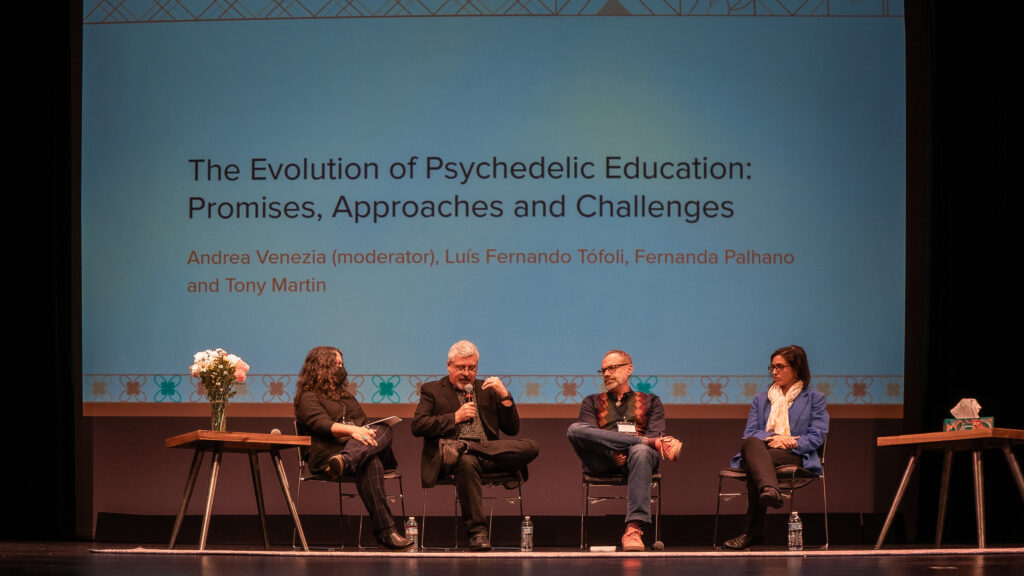
Transition: Thank you for taking that journey with me. This mosaic we imagined—it isn’t hypothetical. It’s happening right now. In classrooms and clinics. In fieldwork and film. In stories passed down, and studies peer-reviewed. It’s what psychedelic education looks like when we stop treating it as a siloed specialization and start honoring it as a cross-disciplinary, cross-cultural reckoning with what it means to heal, to know, and to remember.
At the UC Berkeley Center for the Science of Psychedelics, we see ourselves as one node in that mosaic. We’re not here to own the conversation. We’re here to widen it.
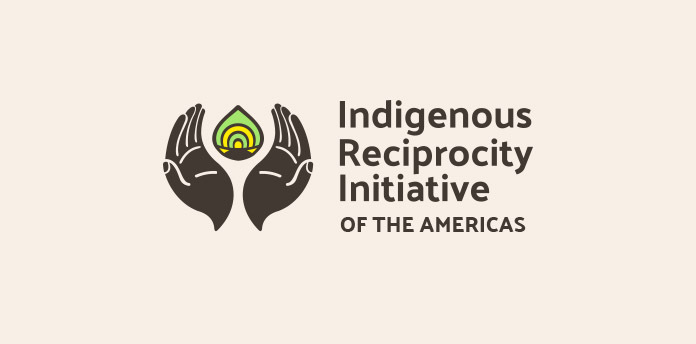
Discover the Indigenous Reciprocity Initiative of the Americas
Founded in 2020, the BCSP emerged from a coalition of faculty across neuroscience, journalism, public health, religion, law, policy, and the arts. From the beginning, we rejected the idea that the most important psychedelic questions were only clinical or neurochemical. We understood the importance of questions about access, culture, ancestry, and power.
Our center works across four core pillars:
- Basic Science – Our research doesn’t just ask what psychedelics treat; it asks how they alter the mechanisms of the brain, perception, and consciousness itself.
- Journalism – Through The Microdose, we’ve created one of the most widely read, independent platforms in the field—offering credible, critical reporting that holds space for curiosity without hype, and accountability without punishment.
- Applied Research & Policy – We don’t advocate for a specific regulatory path. Instead, we support those making decisions—from federal to local levels—with evidence, context, and real-world data about what works, what harms, and what equity requires.
- Public Education & Community Building – We’re exploring film festivals, campus symposia, archive-building projects, and fellowships that invite community leaders into the fold.
Underneath these pillars are values that ground us: transparency, rigor, reciprocity, and care. We believe research must be inclusive of diverse methodologies. That stewardship of public resources demands humility. That equity is not an outcome but a reorientation—toward systems change, shared growth, and mutual accountability.
And perhaps most importantly, we hold that curiosity is sacred. The kind that asks: what am I not seeing? Who am I not hearing? What have I assumed, that needs to be re-examined?
These compounds are not just reshaping minds—they are reshaping the frameworks through which knowledge is made, shared, and valued.
In that way, the wind that blew across the mosaic isn’t just a symbol of psychedelic experience. It’s a symbol of epistemological humility. These compounds are not just reshaping minds—they are reshaping the frameworks through which knowledge is made, shared, and valued.
And that’s the promise—and the challenge—of psychedelic education today. Not simply to create programs. But to ask better questions. To train not only clinicians, but caretakers of culture. Not only scientists, but stewards of truth in a post-truth world.
We at the BCSP are honored to be part of that collective endeavor. But we know we’re not revealing the mosaic alone. We are—each of us—holding a brush. Thank you.
Note: This articles was originally presented as part of the “The Evolution of Psychedelic Education: Promises, Approaches and Challenges” panel held on March 30, 2025, at Psychedelic Culture 2025, in San Francisco, California.
Art by Mariom Luna.
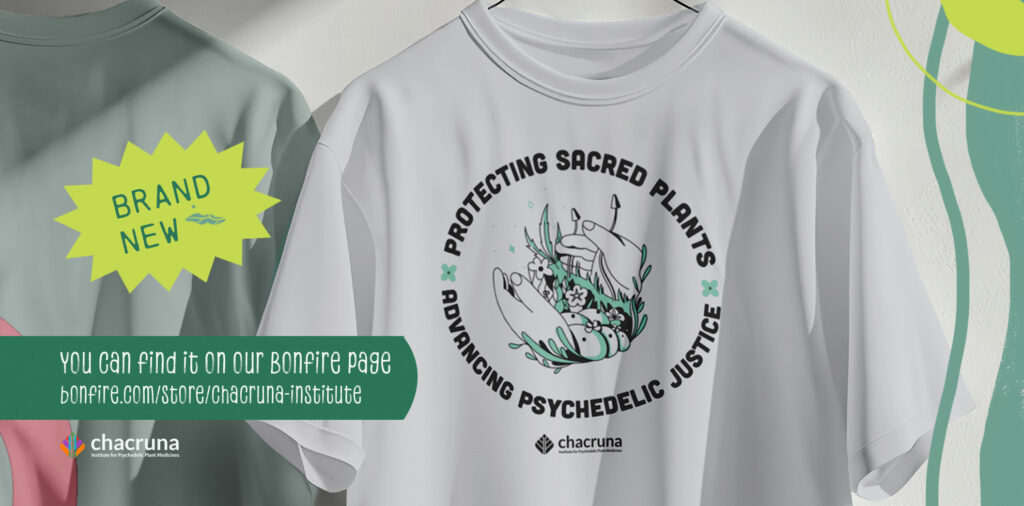
Shop Our Latest T-Shirt Design, “Protecting Sacred Plants.”
More Psychedelic Culture 2025 Coverage:
- Opening Psychedelic Culture 2025 Remarks by Bia Labate, “Rethinking Power, Plants, and the Future of Psychedelic Culture,” Doubleblind.
- Chacruna’s publication on the Importance of Indigenous voices in PCU25: “The Importance of Indigenous Voices at Psychedelic Culture 2025: A Response to Metropoles”
- Lucid News coverage on the conference: “Collective Resistance and Resilience at Psychedelic Culture Conference“
- Brazilian consulate in San Francisco social media coverage:
- “O Consulado-Geral do Brasil em São Francisco esteve presente no evento “The Importance of Indigenous Voices at Psychedelic Culture 2025”, promovido pelo Instituto Chacruna, com o apoio do Instituto Guimarães Rosa (IGR).” – Consulado do Brasil em San Francisco
- “O Consulado-Geral do Brasil em São Francisco recebeu a diretora do Museu Nacional dos Povos Indígenas, Fernanda Kaingang…” – Consulado do Brasil em San Francisco and Museu Nacional dos Povos Indígenas – Funai
Take a minute to browse our stock:
Did you enjoy reading this article?
Please support Chacruna's work by donating to us. We are an independent organization and we offer free education and advocacy for psychedelic plant medicines. We are a team of dedicated volunteers!
Can you help Chacruna advance cultural understanding around these substances?

